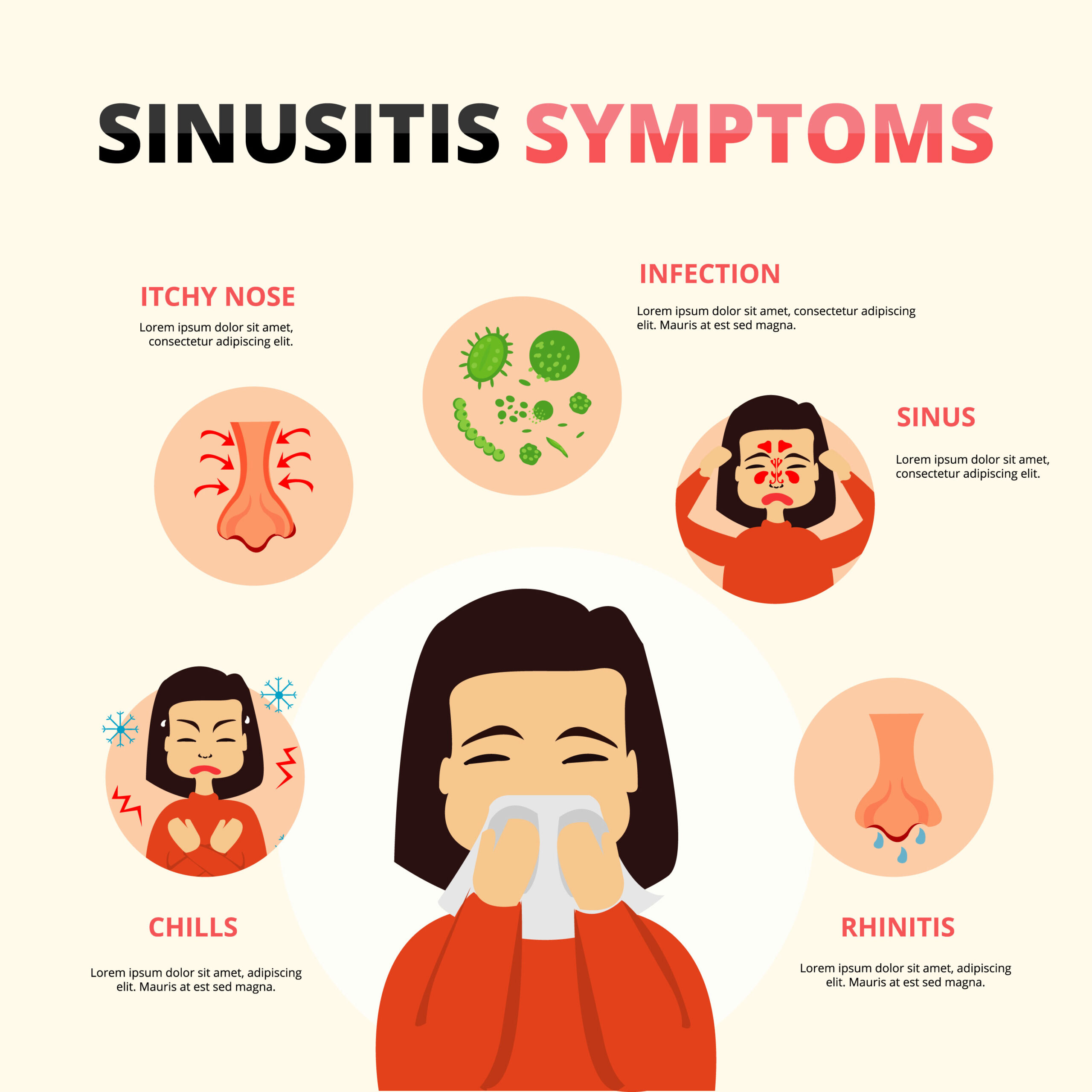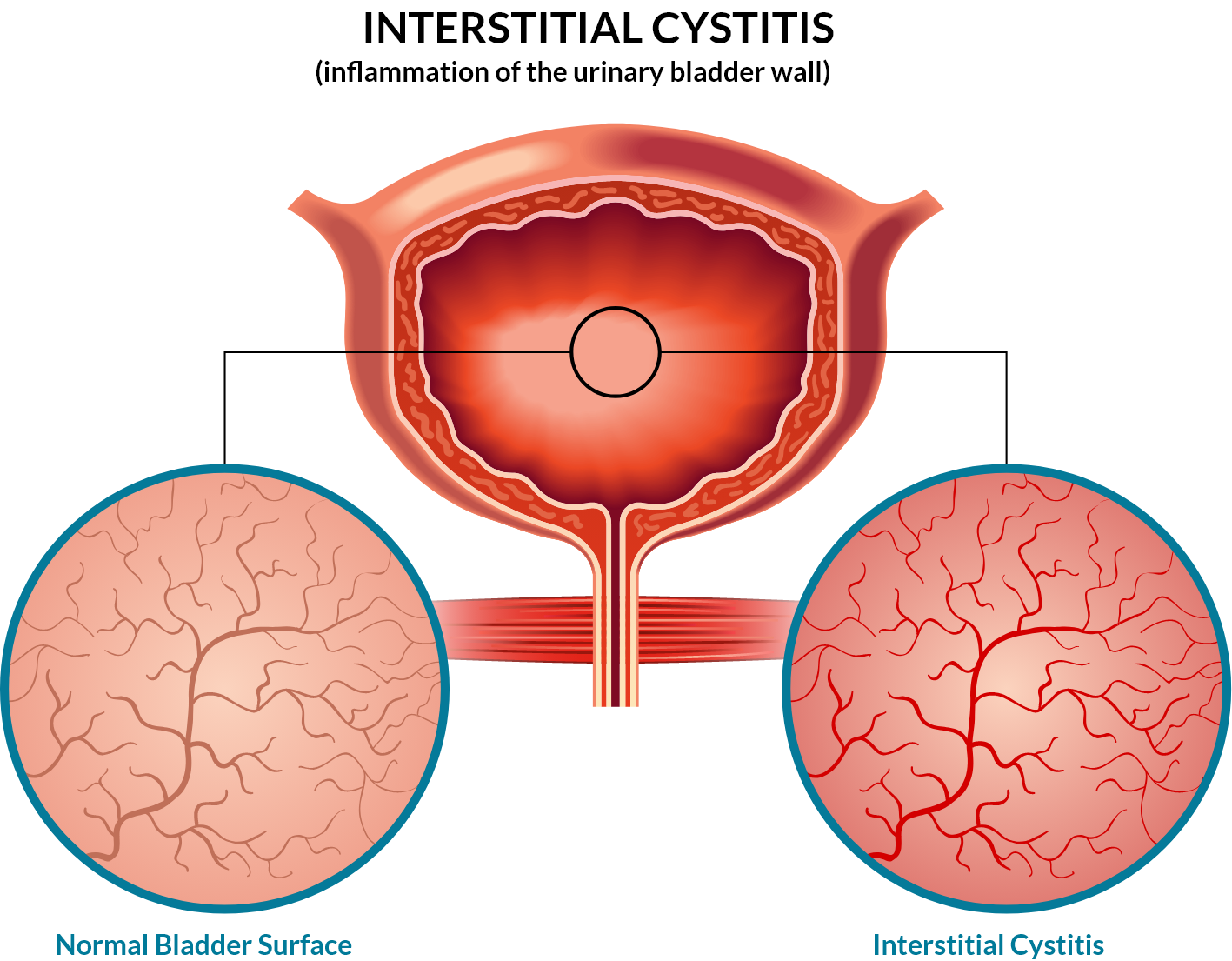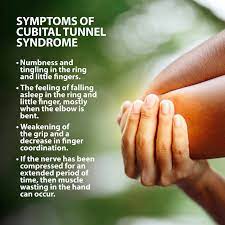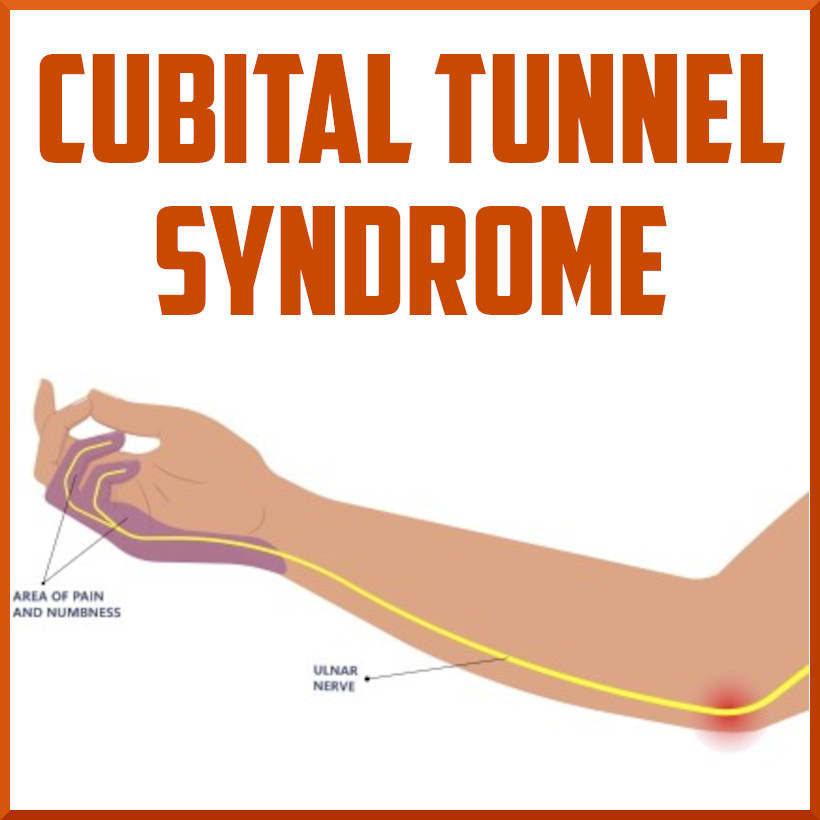The prostate is a gland that is part of the male reproductive system, and it is responsible for producing seminal fluid. As men age, it is common for the prostate gland to enlarge, a condition known as benign prostatic hyperplasia (BPH). Although BPH is not cancerous, it can cause a number of symptoms that can be bothersome and negatively impact a man’s quality of life. In this article, we will explore the symptoms and treatment options for an enlarged prostate.
Symptoms of an Enlarged Prostate
The symptoms of an enlarged prostate can vary from man to man, and not all men with an enlarged prostate will experience symptoms. However, some common symptoms of an enlarged prostate include:
- Increased frequency of urination, especially at night
- Difficulty starting urination
- Weak urine stream
- Dribbling after urination
- Inability to completely empty the bladder
- Urgency to urinate
- Urinary incontinence
The severity of these symptoms can vary and can range from mild to severe. In some cases, an enlarged prostate can cause complications such as urinary tract infections, bladder stones, and kidney damage.
Treatment for an Enlarged Prostate
There are several treatment options available for an enlarged prostate. The appropriate treatment option will depend on the severity of the symptoms, the age of the patient, and other health factors.
- Watchful Waiting: For men with mild to moderate symptoms, watchful waiting may be recommended. This involves monitoring the symptoms and not treating them unless they become more severe.
- Medications: Several medications can be used to treat the symptoms of an enlarged prostate. These medications work by either shrinking the prostate or relaxing the muscles in the prostate and bladder. Medications used to treat an enlarged prostate include alpha-blockers, 5-alpha-reductase inhibitors, and phosphodiesterase-5 inhibitors.
- Minimally Invasive Procedures: If medications are not effective or if the symptoms are severe, minimally invasive procedures may be recommended. These procedures are less invasive than surgery and can be performed on an outpatient basis. Examples of minimally invasive procedures for an enlarged prostate include transurethral microwave therapy (TUMT), transurethral needle ablation (TUNA), and water-induced thermotherapy (WIT).
- Surgery: In severe cases, surgery may be necessary to treat an enlarged prostate. The most common surgical procedure used to treat an enlarged prostate is transurethral resection of the prostate (TURP). This procedure involves removing part of the prostate gland to relieve the pressure on the urethra.

An enlarged prostate can cause a number of bothersome symptoms, but there are several treatment options available to relieve these symptoms. Men who are experiencing symptoms of an enlarged prostate should talk to their doctor to determine the best course of treatment for their individual situation. With the right treatment, most men with an enlarged prostate can experience relief from their symptoms and improve their quality of life.









